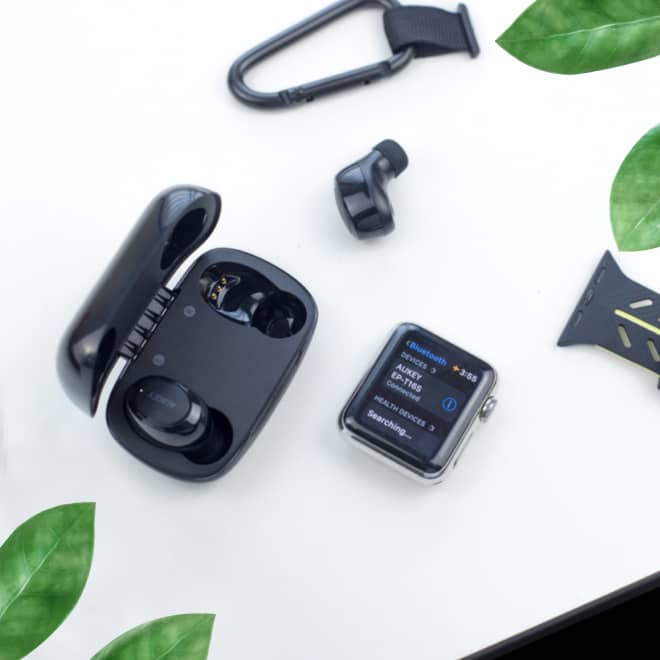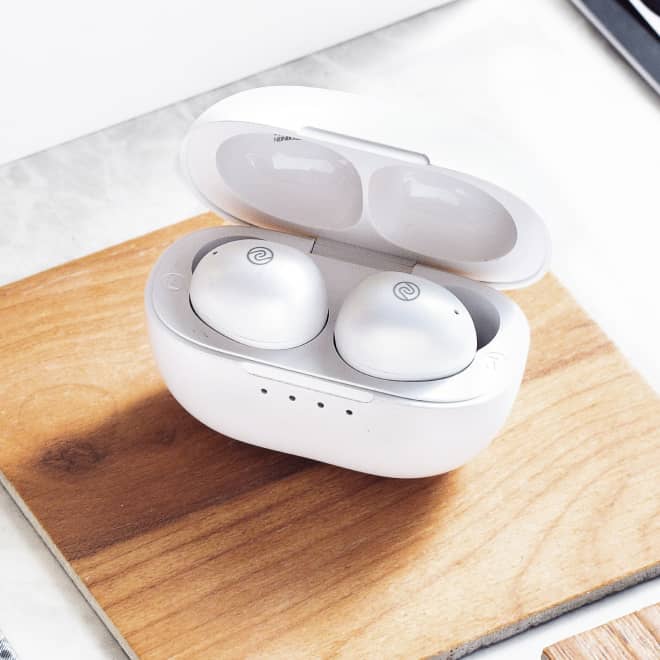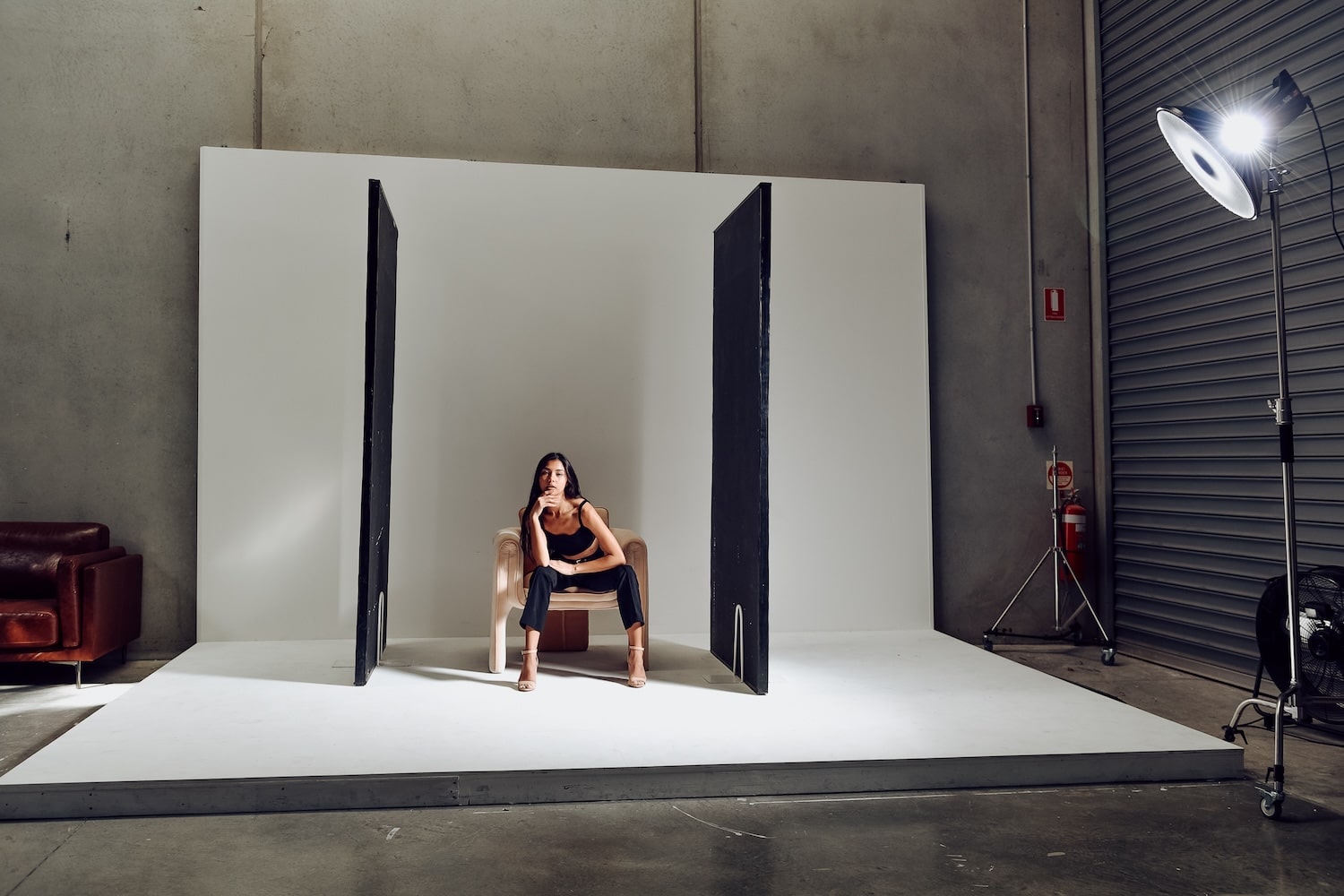October 30, 2025
5 Common Mistakes in E-commerce Photography and How to Avoid Them
Avoid costly e-commerce photography mistakes with these tips for Melbourne boutiques. Learn how to fix lighting, backgrounds, and editing for photos that sell.

Good product photography is essential for any online store. When photographing products, lighting is one of the most important factors. Whether you use natural light or artificial lighting, the goal is to ensure the product is evenly lit and colours are accurate. Artificial light, different lights, and tools like a light tent are crucial for achieving consistent, professional results in product photography, especially when natural light is insufficient. Avoid harsh shadows and make sure the actual product is the focus of the shot. Backgrounds should be simple and not distract from the product. Choosing the right background is important, and using a reflective surface can enhance the presentation of the photographed object.
Using the wrong lens can distort the product and mislead customers. Selecting the right lens for photographing products is essential for capturing accurate product images, and referencing tech specs can help provide details that customers need to make informed decisions. Always use a tripod to keep your camera steady and ensure sharp product shots.
Editing is important, but don’t overdo it. The goal is to make the product image look as close to the actual product as possible. Large image files can slow down your website, so always optimise file size, avoid large images, and use compressed jpeg formats to maintain quality while improving load speed. Using Google Console can help you monitor website performance and core web vitals. Consistency is key—use the same lighting, background, and angles for all your product pictures. Product photos play a crucial role in SEO and user experience; high-quality product images and product shots can improve click through rates and boost the success of your online store.
Finally, provide enough photos from different angles and include close ups to show texture and important features. Showing the actual product, providing more images, and ensuring the final images give your target audience all the information they need to make a confident purchase is essential. Product pictures should provide details and showcase the product image clearly.
Introduction to Product Photography
Product photography is the backbone of any successful e-commerce business. Unlike a brick and mortar store, where customers can touch, feel, and examine products up close, online stores rely entirely on high quality product photos to communicate value and build trust. For online sellers, these images are often the first—and sometimes only—chance to make an impression on potential customers. That’s why product photography isn’t just about snapping a few quick pictures; it’s about crafting a visual story that highlights product features, showcases details, and ultimately drives sales.
One of the most common product photography mistakes is underestimating the power of lighting. Poor lighting can result in blurry images, muted colors, and lost details, making even the best products look unappealing. Whether you’re using natural light or artificial lighting, it’s essential to control your light source to avoid harsh shadows and ensure your product images are crisp and clear. Many brands forget that different angles and context shots are just as important as the classic plain white background. While a white background is the industry standard for a clean, consistent look, adding lifestyle or context shots can give potential buyers a better sense of scale, usage, and the creative twist your brand brings to the table.
Another common mistake is using the wrong lens or skipping out on the right equipment. Investing in a macro lens or other expensive equipment can help capture high resolution images that reveal the little details customers care about. But it’s not just about the gear—post processing is equally important. Editing your product photos to correct colour, adjust white balance, and remove distractions ensures all the images on your site look professional and cohesive.
Technical aspects matter, too. Large image files can slow down your website, hurting your core web vitals and search ranking. Compressing images into optimized JPEGs, using descriptive file names, and adding relevant alt tags not only improve load times but also boost your SEO, making it easier for new customers to find your products. Consistency is key: avoid busy backgrounds, inconsistent backgrounds, and uploading images that don’t match your brand’s aesthetic.
Finally, don’t forget to provide enough photos from different angles and include close ups that highlight important product details. The more information you provide visually, the more confident your potential customers will feel about making a purchase. By avoiding common mistakes and prioritizing high quality images, you’ll create a professional, trustworthy online presence that stands out in the crowded world of e commerce—and sets your business up for true ecommerce success.
5 Common Mistakes in E-commerce Photography and How to Avoid Them
Avoid these 5 e-commerce photography mistakes. Learn tips to improve your Melbourne boutique's visuals and boost sales.
Bad photos can kill your e-commerce store. They scare off shoppers. They make your brand look cheap. And in Melbourne, where boutiques compete hard, that's a problem. Most boutique owners don't mean to mess up their photography. They just don't know what to avoid.
This post covers five common e-commerce photography mistakes. I'll explain what goes wrong and how to fix it. You'll get practical tips to make your visuals pop. Whether you're selling dresses or skincare, these steps will help your Melbourne store shine.
Why Photography Mistakes Hurt Your Brand
Your photos are your first impression. If they're off, shoppers won't trust you. They'll skip your listing. A 2024 study showed 70% of online shoppers ignore products with poor images. That's a lot of lost sales.
Bad photos also hurt your brand. They make you look unprofessional. I know a Mornington Peninsula based boutique that struggled with this. Their DIY shots were blurry. Customers thought their jewellery was low-end. After planning a shoot and switching to professinoal photos, their sales climbed not only in volume, but the cost they sold each piece for. The creative was so good, the pieces became more desirable.
Mistakes like this are part of the learning curve of being a business owner, but they're also just annoying. They cost you money.
5 Common Mistakes and How to Fix Them
Here's what goes wrong and how to get it right.
Mistake 1: Using Poor Lighting
Lighting is everything. Bad lighting makes products look dull. Shadows hide details. Colours get muddy. I’ve seen boutiques use dim rooms or phone flashes. It doesn’t work. Shoppers can’t see what they’re buying, and items just look flat and lifeless.
Fix: Use a studio with proper lighting. Softboxes and diffusers make products glow. Using artificial light and experimenting with different lights, such as a light tent, can help achieve even, professional lighting for product photography. Natural light can work, but it’s tricky. Hiring a professional commercial photography studio in Melbourne like us, Bohemia Bay Studio, has the gear you need. We also offer the ability to book a photographer who knows how to use it. Your photos will look clean and sharp.
Mistake 2: Ignoring Backgrounds
Cluttered backgrounds are a mess. A busy room or wrinkled sheet distracts from your product. It looks sloppy. Even worse, inconsistent backgrounds confuse shoppers. One photo’s white, another’s wood. Your store feels disjointed. If you’re clear on your stores overall aesthetic and image, your customer will be able to more clearly decide if they desire it. Not everyone will, some prefer earthy colours and natural fibres, whilst others are drawn to high contrast editorial vibes. By being consistent you’ll capture your desired audience, rather than scaring them all away.
Fix: Choose clean, branded backdrops. Selecting the right background is essential for making your product stand out and creating a professional look. Consider using a reflective surface to enhance the visual appeal of your product photography and achieve a clean, consistent aesthetic. White or neutral works for most boutiques, but if you really want to stand out start experimenting with your brands colours. If you want lifestyle shots, keep it simple—a plain wall or outdoor setting. Whilst creating similar looking creative all the time may seem ‘boring’, it keeps your brand consistent. People trust consistency.
Mistake 3: Skipping Professional Editing
Unedited photos rarely look good. Colours might be off. Backgrounds need tweaking. Small flaws stand out. Some boutiques think they can skip editing to save time. But raw photos don’t cut it for e-commerce. There are generally two options when it comes to editing. Your photographers time will often come with base editing included. This is colour correction, cropping and light retouching. This is generally more than enough for the ‘volume’ shots, your product and catalogue pages. If you’re doing some more hero photos though, perhaps it’s a hero banner on your website, or even going to print, spending a bit more money and time to improve the impact of the image can have a big impact. Make sure your final images are polished, accurately colour-graded, and ready for upload to your online store to best showcase your products. This doesn’t always mean body manipulation and skin softening though. There’s growing evidence that the more real, authentic, and imperfect a marketing image is, the more your customer can relate to it. Speak with your photographer about what they can do.
Mistake 4: Not Planning Shots
Shooting without a plan is chaos. You might forget key angles. Or end up with photos that don't match. I've been int he studio during shoots where people 'wing it'. They got a mix of random shots. Half didn't work for their site, and sometimes we see them back in here spending money again to reshoot it.
Fix: Create a shot list and mood board. List what you need—flat-lays, on-model, close-ups. Pin images for inspiration. Share this with your photographer. It saves time and gets you exactly what you want. A quick plan goes a long way.
To make your life easy, we've created a few template of our own in Canva you can use for your next shoot.
Mistake 5: Hiring Based on Price Alone
Cheap photographers sound tempting. But low rates often mean low quality. Inexperienced shooters miss details. Their gear might be basic. You end up with photos that don't sell. Yes, the cheaper the shoot the more times you can repeat it without it hurting the balance too much, but one thing you can never get back is the time. Choose the professionals that fit your budget AND your desired aesthetic. We give you the option of skipping our agency fees if you're prepared to manage your own shoot. To ensure quality of work, we have recommended photographers on our "Friends of BOHBAY Creatives" page that you can book directly into their calendar.
Fix: Prioritise experience and portfolio. Look for photographers who know e-commerce. Check their work for quality. Do it once, do it properly.
Tips to Get It Right
Avoiding mistakes is just the start. Here’s how to nail your photography.
- Test Your Photos: Upload different shots to your site. See which ones get more clicks. Monitor click-through rates to evaluate which product photos play the biggest role in attracting potential buyers. Adjust based on what works. Social media is amazing for this, it gives you real feedback from your own audience of what creative cuts through the noise. Review the data, then make more creative that looks like your most popular work.
- Communicate Clearly: Tell your photographer your brand’s vibe. Share your shot list. It ensures you get what you need. A creative brief and mood board is a must. It’s unfair to surprise your photographer on the day with what they’re expecting to create.
- Optimise for SEO: Name image files like “melbourne-boutique-dress-flat-lay.jpg.” Use alt text like “Melbourne e-commerce photography studio.” It helps Google rank you. Use Google Console to track your website's performance and ensure your product images are optimized for search. Because making an amazing product is one thing, getting it in front of the right people who want to purchase it is another.
Wrap Up
E-commerce photography mistakes can tank your boutique's sales. Poor lighting, messy backgrounds, and cheap hires hurt your brand. But they're easy to avoid. Plan your shots. Book a pro with studio access. Focus on quality over price. Your photos will look better, and your store will sell more.
Melbourne shoppers expect sharp visuals. Don't let bad photos hold you back. Start with a solid photographer and a clear plan. Want to see what's out there? Check out studio options in Melbourne to get your visuals on track.
We'll see you in our Professional photography studio Melbourne!
No items found.









